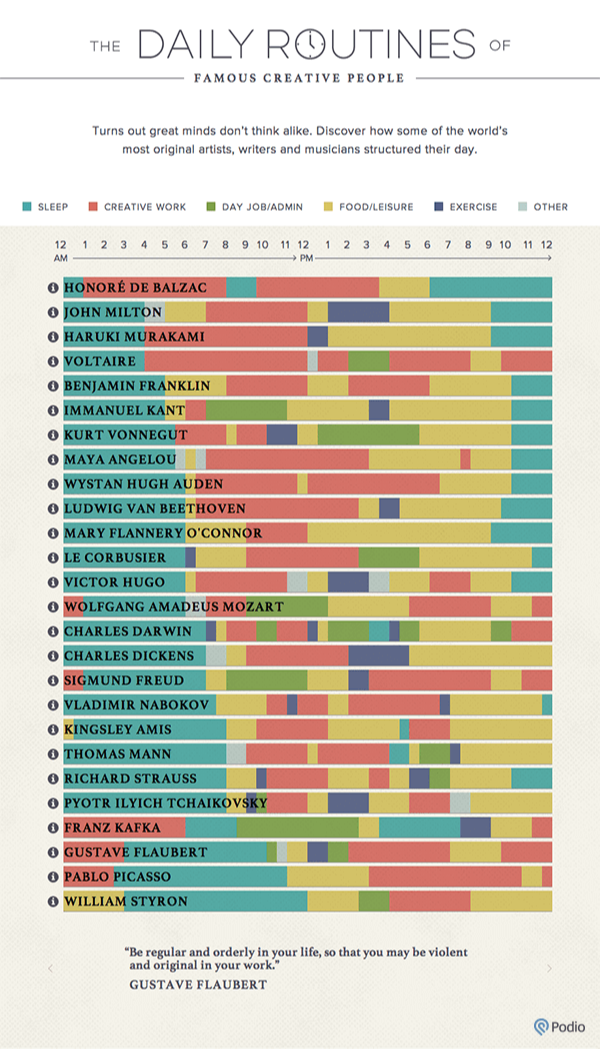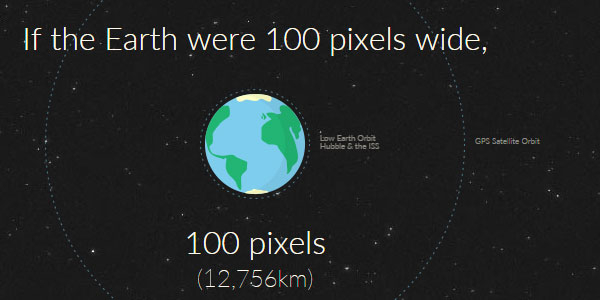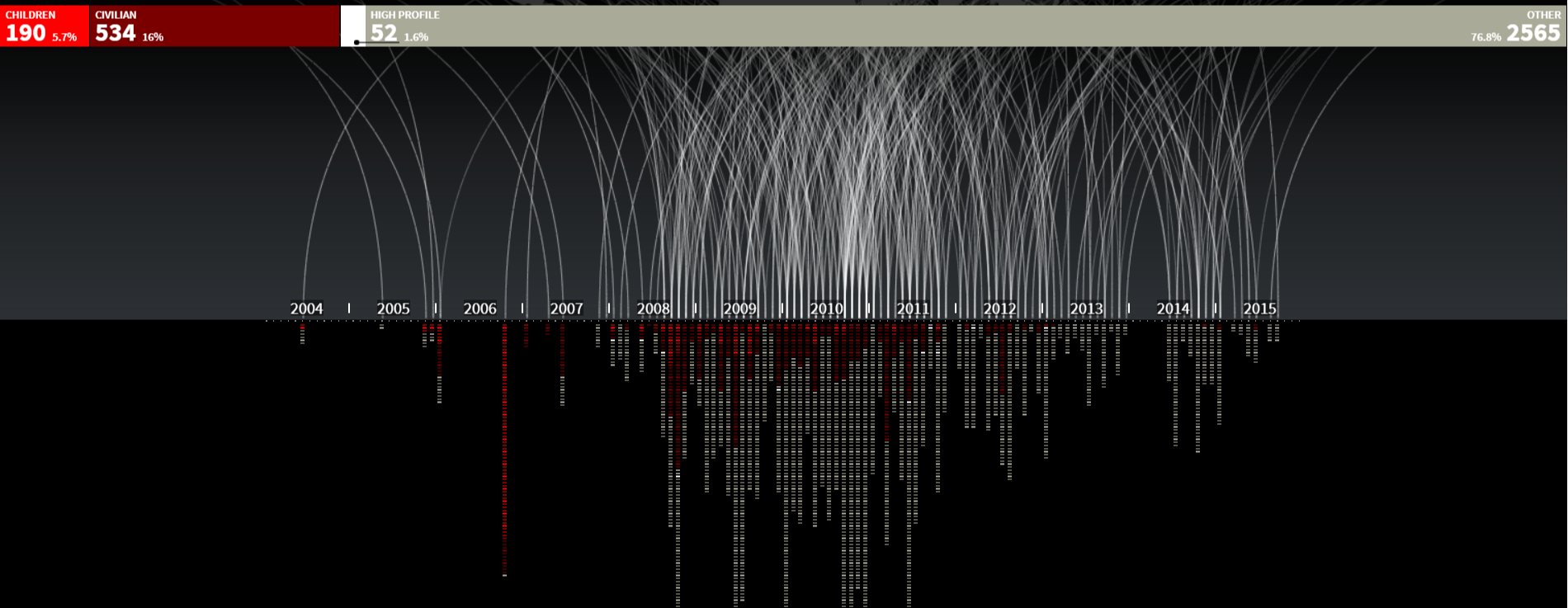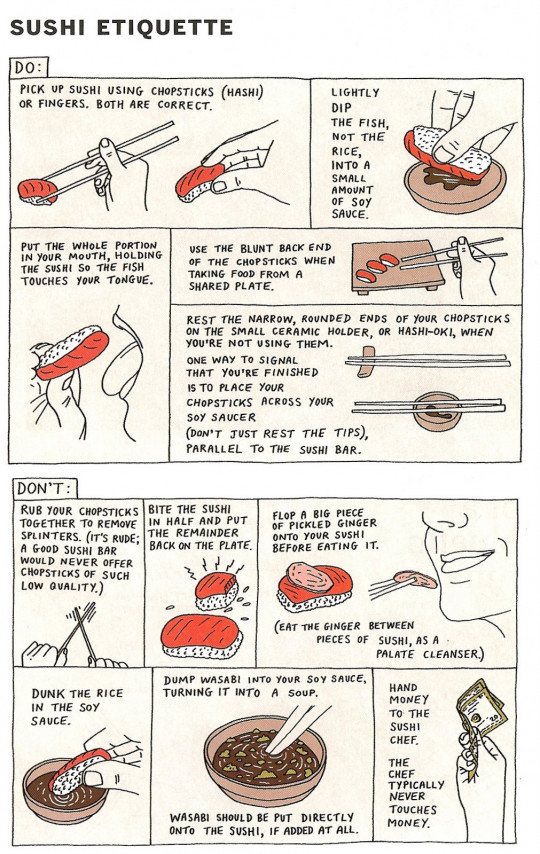What makes a great infographic?
The best infographics present data or information in an easier-to-digest way than plain text would. A good infographic is one that uses visuals to make its content easier to grasp, not just better looking.
Think about it this way… If you have a set of data, facts, or a certain state of knowledge and think to yourself “if I could present this and that visually, it would really click with the reader,” you’re probably on your way to at least a great concept of an infographic.
If you’re sitting there and thinking “man, I’d love to add a fancy infographic here,” you’re about to waste a lot of time and resources only to get your readers confused.
Of course, there’s no universal formula for a successful infographic, but there’s one handy acronym to help you identify one. Interestingly, it’s called S-U-C-C-E-S-S or “misspelled,” as S-U-C-C-E-S.
A good infographic should be:
- Simple
- Unexpected
- Credible
- Concrete
- Emotional
- Story-based
- Shareable (not always mentioned)
Of course, the effectiveness of this checklist depends on how critical you are. So I suggest a few questions to help you validate if an idea meets the criteria:
- Simple: What’s the one thing that this shows?
- Unexpected: What does this allow people to see that they couldn’t see previously?
- Credible: Can you prove it’s true?
- Concrete: How are you going to present it visually?
- Emotional: Would it be a resonant topic of conversation?
- Story: If a journalist were to share this, what would the headline be?
- Shareable: If you saw this would you be excited to share it with your friends or colleagues?
And no, it’s not that your infographic has to tick all these boxes to be worth doing. But it’s good to have the list in mind as a sanity check.
Okay, time for the fun part: examples of infographics I find particularly brilliant. Let’s see how many of the “S-U-C-C-E-S-S” criteria they meet!
















